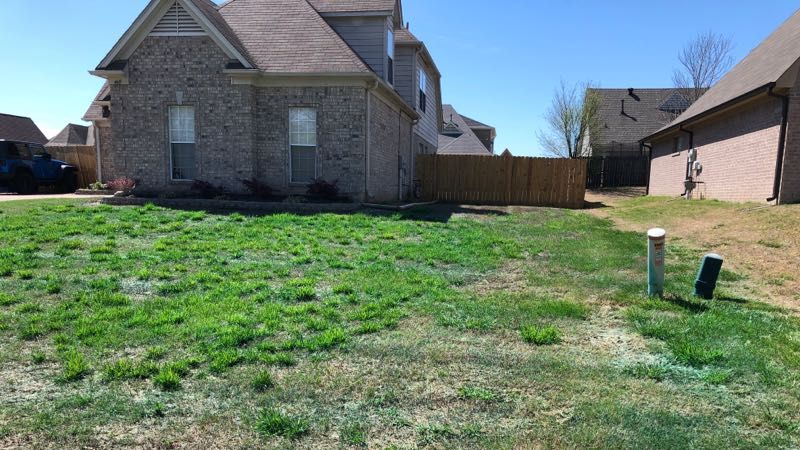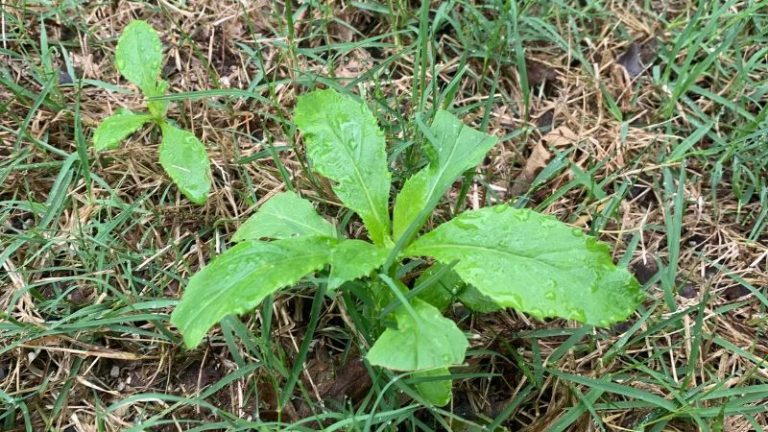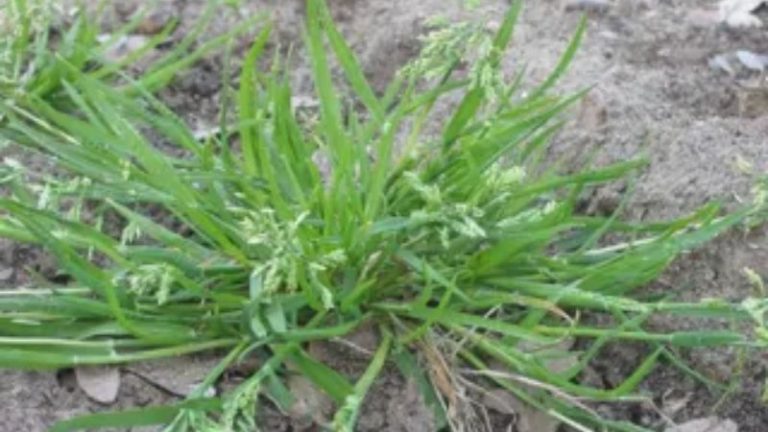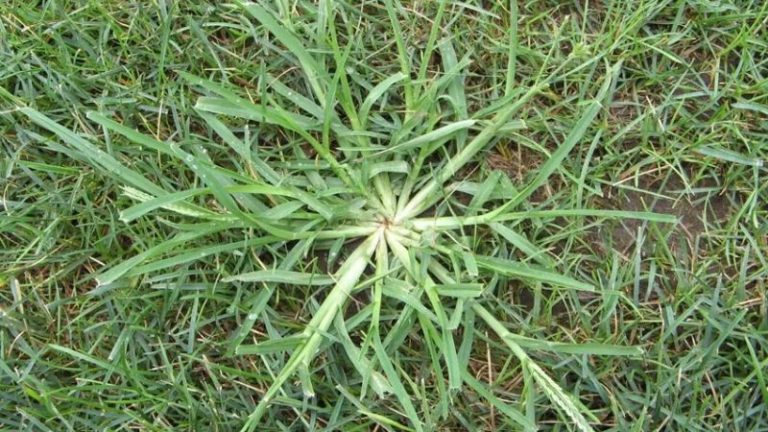What is that Tall, Light Green Weed Growing in my Lawn!!
Everyone has heard the phrase “growing like a weed” and it’s pretty safe to say that this phrase was based on the weed known as Nutsedge, Nutgrass, or Watergrass. In our area is it mostly know as Nutgrass. The Nutgrass to grow quicker and taller than the most turf grasses, causing it to be an eyesore for homeowners.
What is Nutgrass?
It is a grass-like weed which actually belongs to the sedge family. It is easily identified by its triangular shaped blades that are often described as lime green or bright green. The root system of nutsedge consist of multiple fibers called rhizomes and produces tubulars. Each tuber has the capability to produce a new plant, which is why it is critical that it is never pulled.
Nutgrass is one of the most difficult, if not the most difficult weed to control. Unlike crabgrass, nutgrass cannot be prevented with pre-emergent nor is it effected by previous weed control applications. Nutgrass has to be treated once emerged, which can cause quite the problem when it comes to timing of lawn care applications.
Suppressing Nutgrass
When it comes to treatments with a herbicide, most of the products on the market only suppress the growth and never truly kill or eradicate it. When a herbicide appears to have killed the plant, it very well may have killed that plant but it did not kill the root system nor did it kill the plant producing tubulars beneath the surface. Nutgrass suppressing herbicides often require multiple applications but never get to the root of the problem.
Killing Nutgrass
There are not many options when it comes to killing nutsedge. One option is to use a nonselective herbicide, however, it will not only kill the nutsedge but it will also kill the turf grass; this is a better option for landscape beds rather than lawns.
Nutgrass thrives in damp and humid weather and prefers sunshine over shade. In fact, it is difficult to find it growing within a shaded area. Areas of the lawn that have standing water or poor drainage would be the first areas of concern when it comes to predicting where nutsedge will grow. Having proper drainage is ideal in the fight against nutsedge.
In addition to proper drainage, the thicker the lawn the less room it will have to grow. Annual aerating and seeding is highly recommended to continuously fill in spots that may be a little bare or spots where weeds previously were but have since been killed. This will not only help to keep nutsedge at bay, but will also help prevent other pesky weeds from emerging within the lawn.
To sum it up
Next time the lawn is mowed during the summer and nutsedge emerges twice as tall as the rest of the grass, think about what is going on in that area and monitor those areas for standing water, drainage issues, and thin spots within the lawn.
It is always a good idea to consult with a lawn care professional. If you would like to give us a call we would be happy to come look at what you have going on. Our number is (901) 494-9088.







